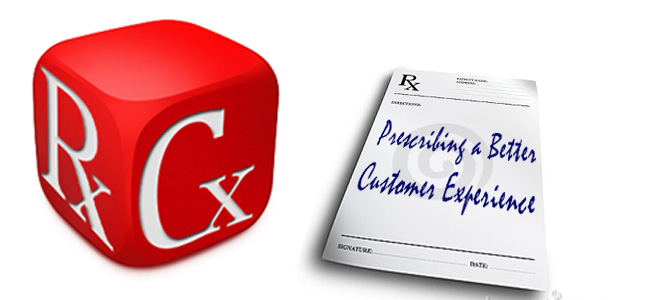
 Trying to sort through all the messaging, tactics, and analytics around Customer Experience (CX) can be daunting. Where do you start trying to create a better customer journey?
Trying to sort through all the messaging, tactics, and analytics around Customer Experience (CX) can be daunting. Where do you start trying to create a better customer journey?
- Do you look at beefing up customer service?
- Do you fix what’s broken?
- Do you build on what works?
- Do you implement new systems?
The answer to any and all of the above is: Maybe.
There are certainly numerous pathways that can take a company from where they are today to a better envisioned customer experience tomorrow but allow me to suggest four stages of development that will help not only chart those paths to success but, in the end, make them shorter as well.
Stage 1: Assessment
This first stage is where you map out your current customer journey as it exists today. You capture all the touch points a customer has with your company. You capture all the places and ways data is stored. You determine what life looks like from the perspective of the person outside your company doing business with you and from the perspective of the person inside your company trying to know something about the customer.
The assessment stage is where you start to get to some understanding of where you’ve got gaps and holes in the customer journey, of where things get clunky in dealing with you and in your dealing with them.
Stage 2: Strategy
This is the one that jazzes ME most because I am a strategy guy. After you’ve assessed the current state of affairs you begin the strategy stage by defining a better envisioned future. This not NOT, “We will fix this gap or that hole.” rather it is a statement about what the customer experience will look and feel like when you’ve created the next generation.
The strategy stage next looks at how to get from where you are today to where you want to be tomorrow, or later this afternoon…we all want it faster don’t we? This includes both near and mid-term milestones and measures of success. You’re creating YOUR map to better CX.
Stage 3: Implementation
In this third stage you’re starting to implement process changes and, in some cases, system or infrastructure changes. You’re targeting the long term goal and measuring against your strategic milestones.
It is important to understand that this may be the longest of the three stages thus far. There will no doubt be immediate, near term, middle term, and longer term pieces of a implementation plan and so patience here is the key. Implementation may also result in the modification of some of those milestones you’ve created as assumptions are challenged or confirmed. You do NOT, however, want to start with implementation or it will go on forever.
Be patient, stick to the plan.
Stage 4: Change Management
If I love strategy I hate change management. It is always so tactical, practical, and nit-pickingly bothersome, but hear me in this: It is absolutely necessary.
When you start making large organization wide changes it is easy for communication as to the “why” to get lost. It’s been said that “Vision Leaks” and this is certainly true in any sort of company wide process or system change. The constancy of a good change management stage is what keeps everyone aligned with the strategic vision and marching in the same direction.
In truth change management works through all four stages but it leaps even more prominently to the forefront when you’re implementing changes that effect everyone.
Which stage have you found the most difficult when it comes to making big organizational changes?















